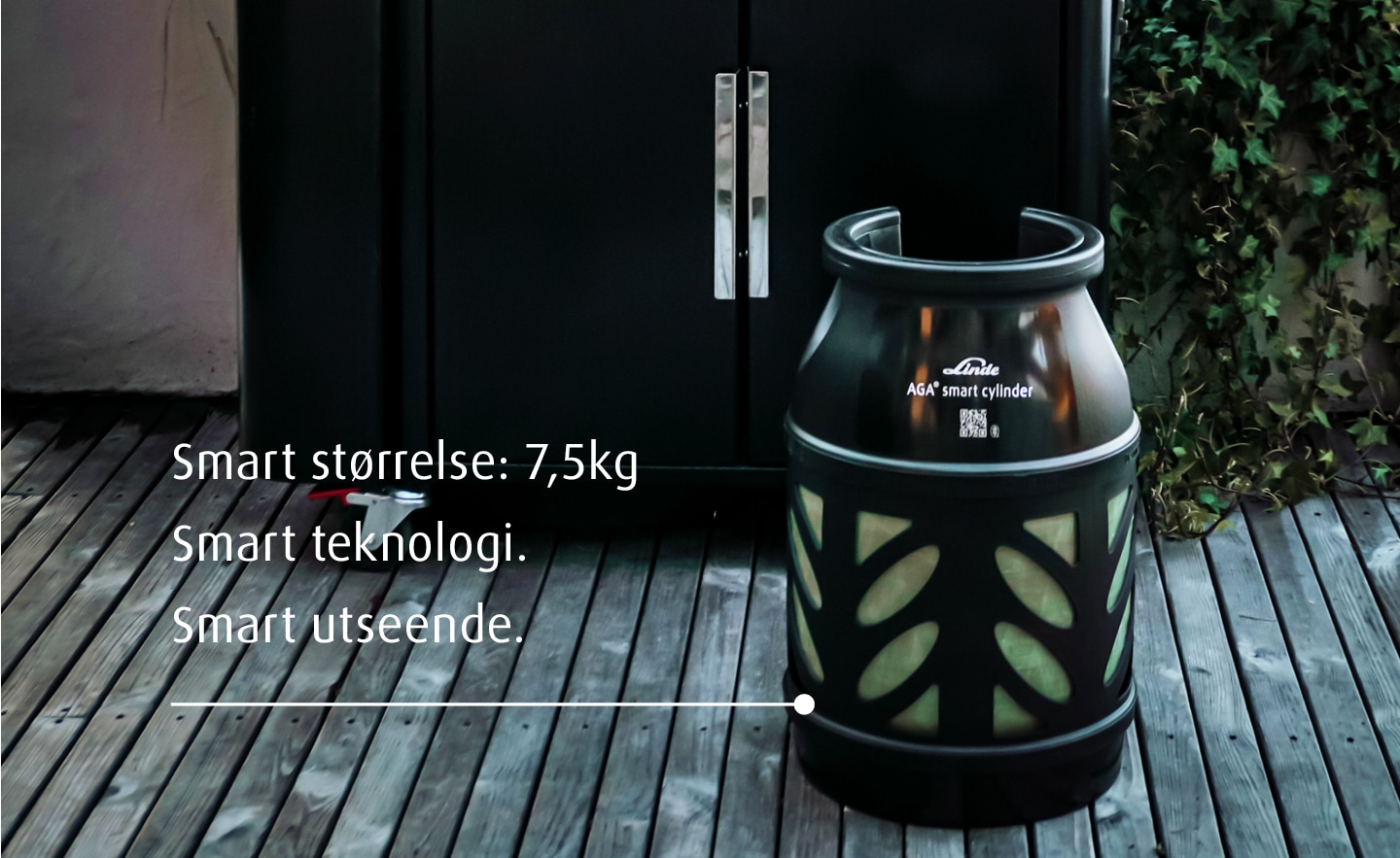

AGA SMART PROPANE BOTTLE COMPOSITE 7.5 KG WITH HOUSEHOLD VALVE
A smart and snarky world first, the AGA smart propane bottle, is now available at selected locations. Matt black on the outside and smart on the inside: Built-in bluetooth and its own app give you full control over how much gas is left in the bottle.

❮





 ❯
❯
1

1

AGA SMART PROPANE BOTTLE COMPOSITE 7.5 KG WITH HOUSEHOLD VALVE
A smart and snarky world first, the AGA smart propane bottle, is now available at selected locations. Matt black on the outside and smart on the inside: Built-in bluetooth and its own app give you full control over how much gas is left in the bottle.
1





